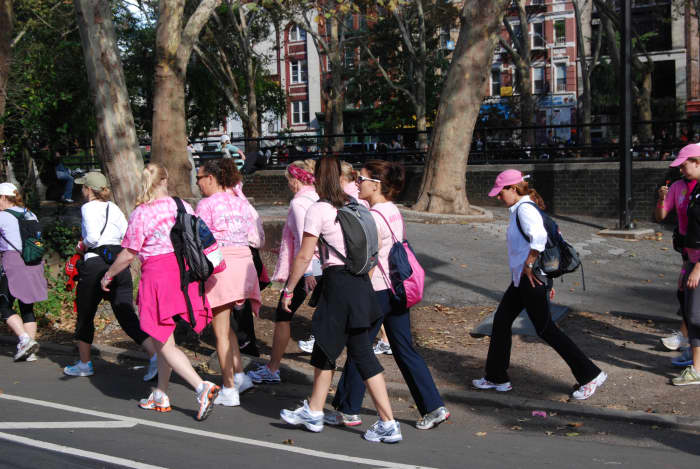

We talked about the increase in speed which is equal to the amount of g in a second. Now it’s time to formulize what we said above. Thus, a vertical falling height of more than 100 feet is generally considered to constitute a "non-survivable" injury. The value of g is 9,8m/s² however, in our examples we assume it 10 m/ s² for simple calculations.

Terminal velocity depends on many factors including mass, drag coefficient, and relative surface area, and will only be achieved if the fall is from sufficient altitude. around 90-100 feet) and higher, are associated with a 100% mortality. With air resistance acting upon an object that has been dropped, the object will eventually reach a terminal velocity, around 56 m/s (200 km/h or 120 mph) for a human body. A more recent study on 287 vertical fall victims revealed that falls from height of 8 stories (i.e. If you are wondering just how long you fall when skydiving, at Skydive Perris you reach an altitude of about 12,500 feet and can expect a glorious 45 seconds of freefall How Terminal Velocity Impacts Skydivers In Freefall Now, here is where physics comes in. A retrospective analysis of 101 patients who survived vertical deceleration injuries revealed an average fall height of 23 feet and 7 inches (7.2 meters), confirming the notion that survivable injuries occur below the critical threshold of a falling height around 20-25 feet. If the contact between ball and ground lasted 1. Further minimizing body drag and streamlining the body position allows the skydiver to reach higher speeds of 530 km/h (330 mph). The American College of Surgeons' Committee on Trauma (ACS-COT) defines a critical threshold for a fall height in adults as > 20 feet (6 meters), as part of the field triage decision scheme for transport to a designated trauma center. 1 leejqs 9 0 Homework Statement After falling from rest at a height of 29.8 m, a 0.422 kg ball rebounds upward, reaching a height of 21.7 m. A stable, freefly, head-down position produces a speed of around 240-290 km/h (around 150-180 mph). Researchers with the Red Bull Stratos mission anticipate Baumgartner could break the sound barrier at about 30,480 meters (100,000 feet) above sea level, in temperatures of -23 to -40 C (-10 to -40. The extract from a report linked below might be of assistance, and the report is well worth the read and should be quite accessible to those without a medical background.


 0 kommentar(er)
0 kommentar(er)
